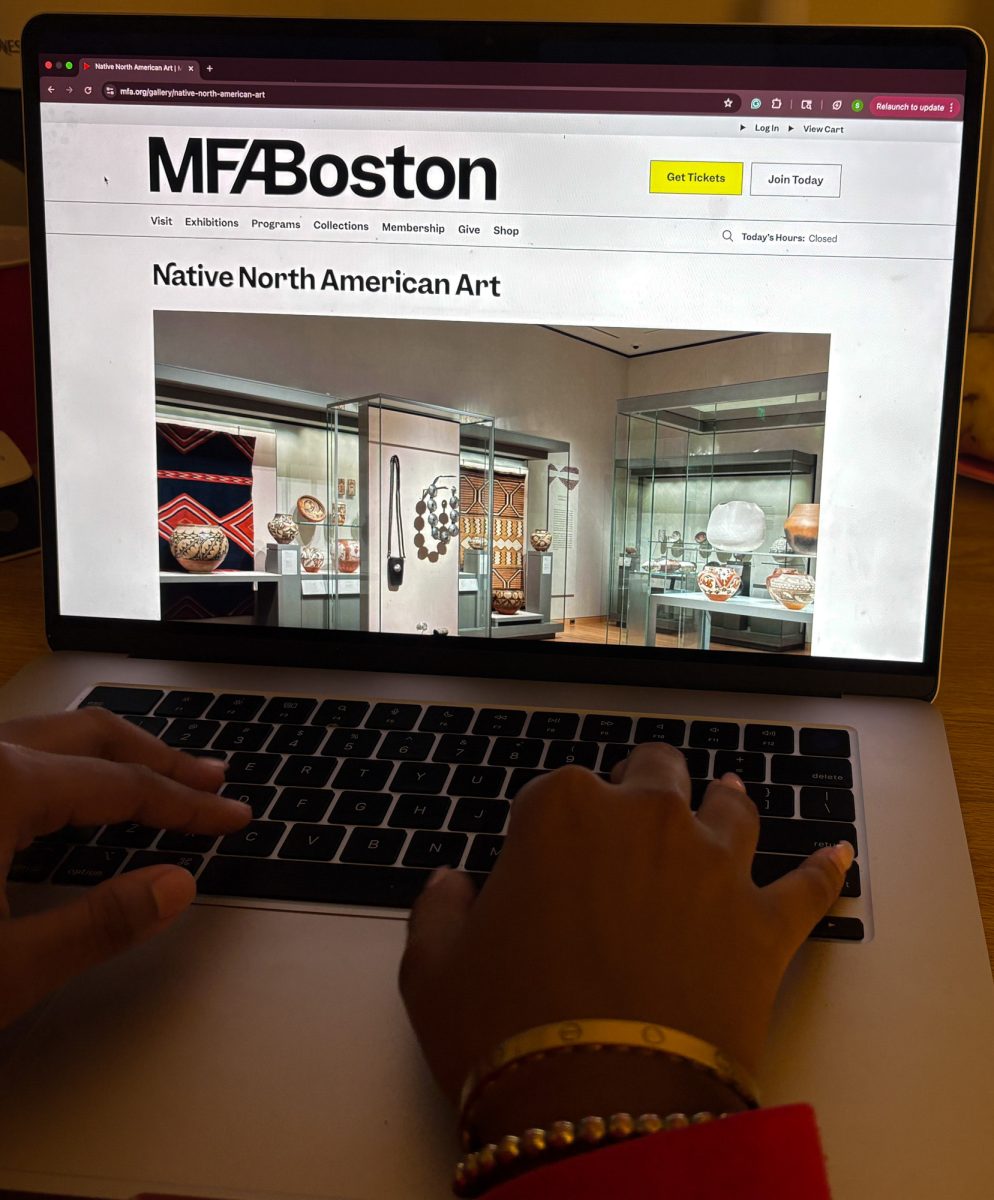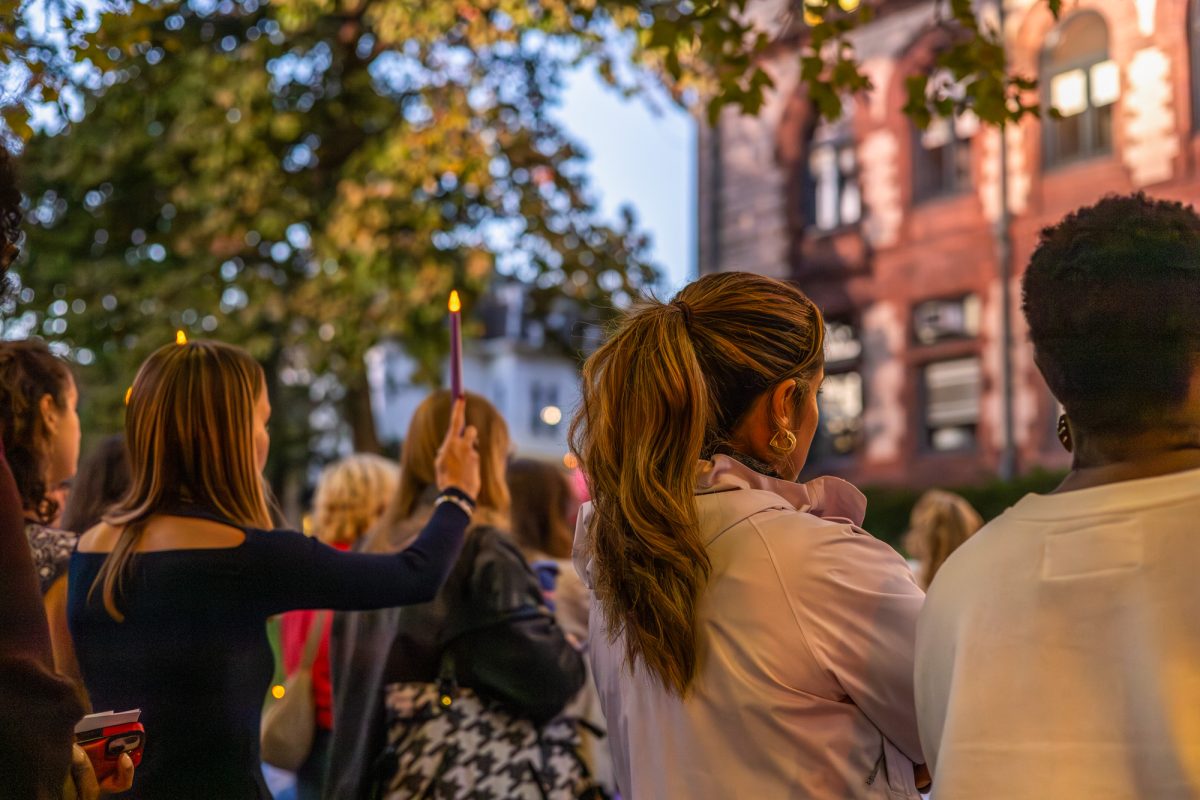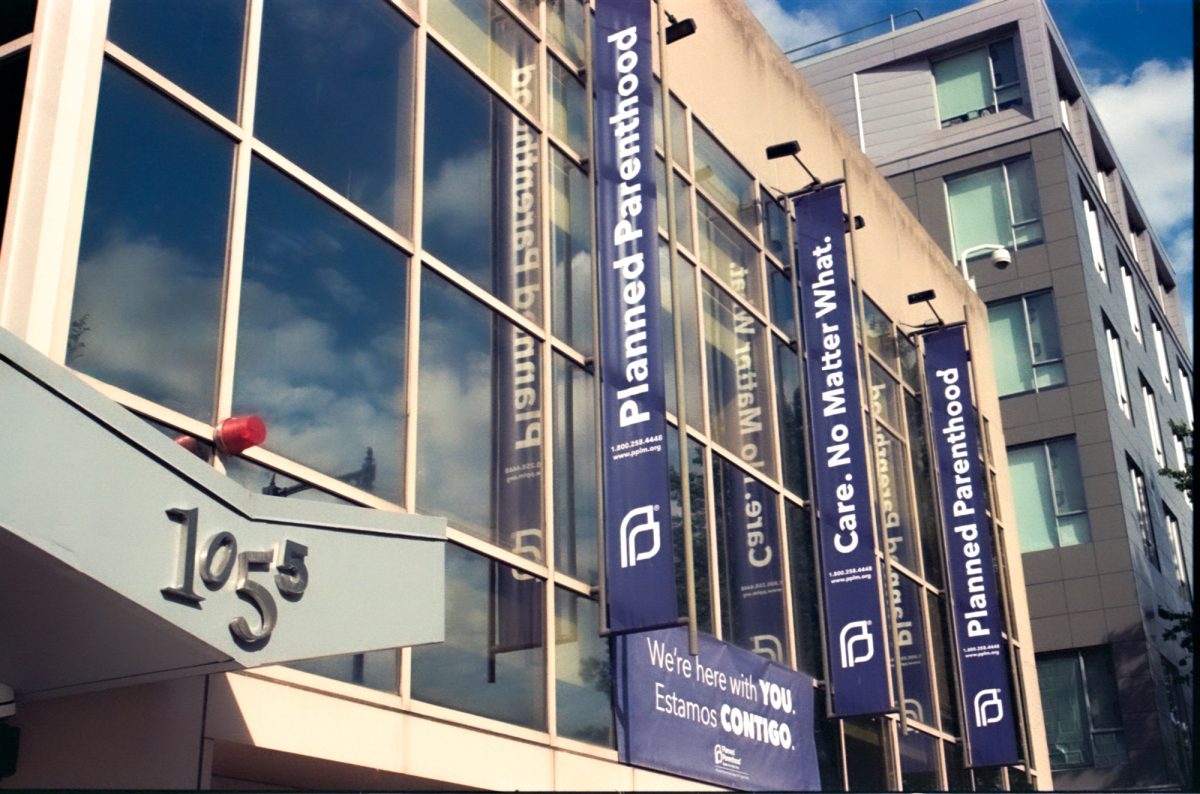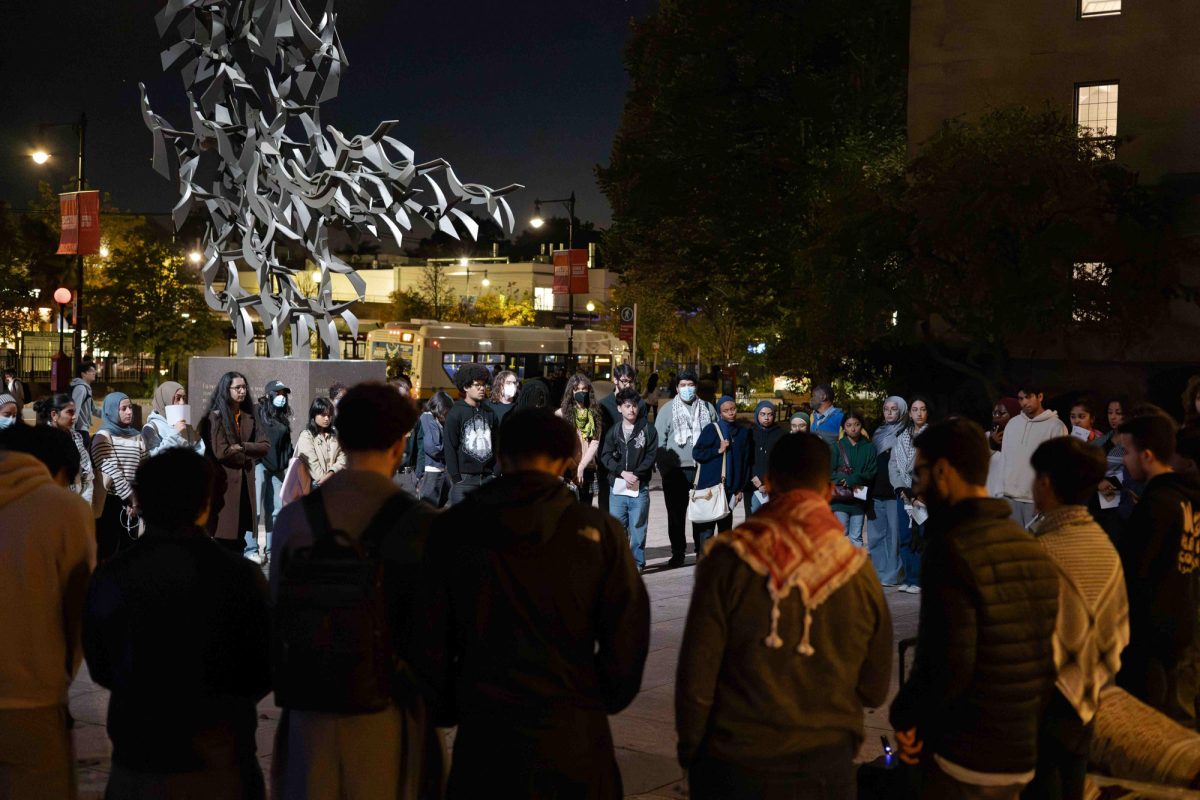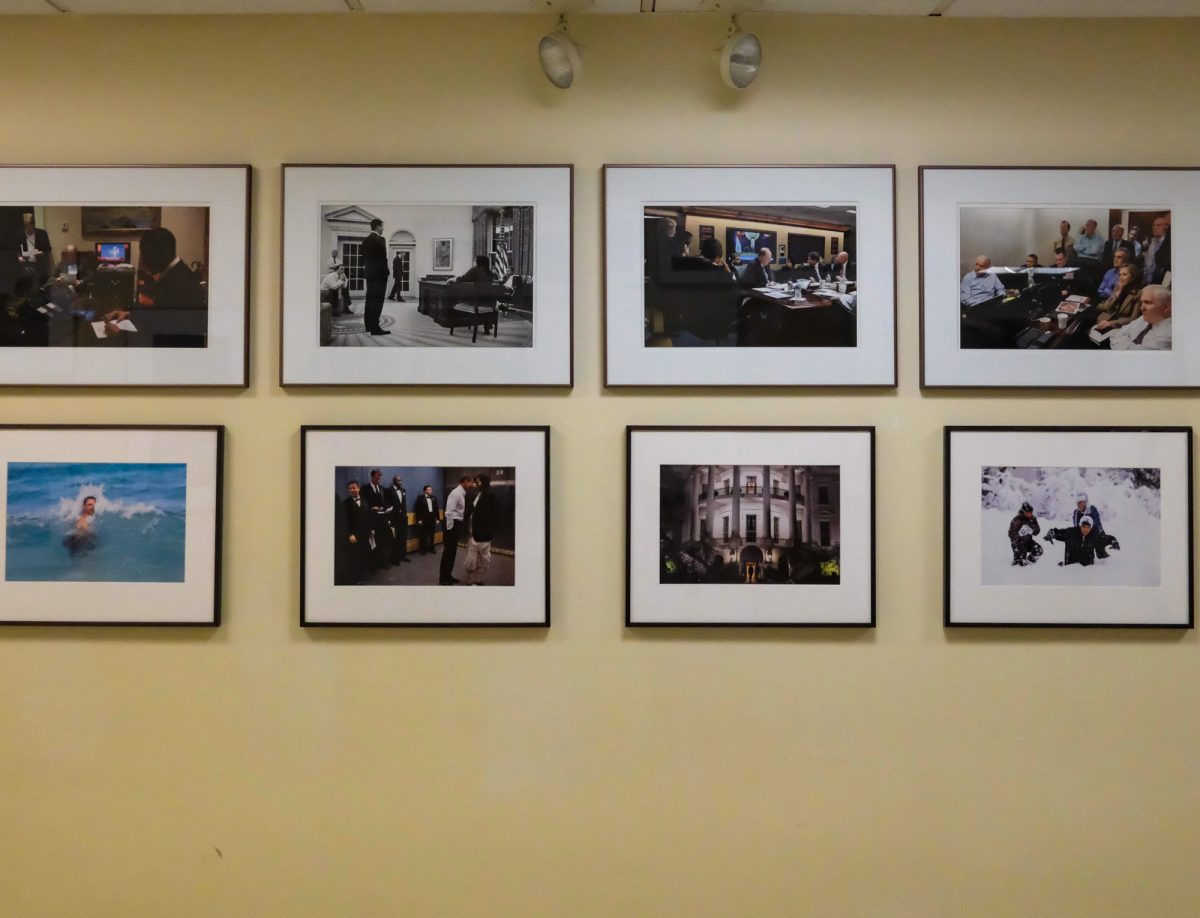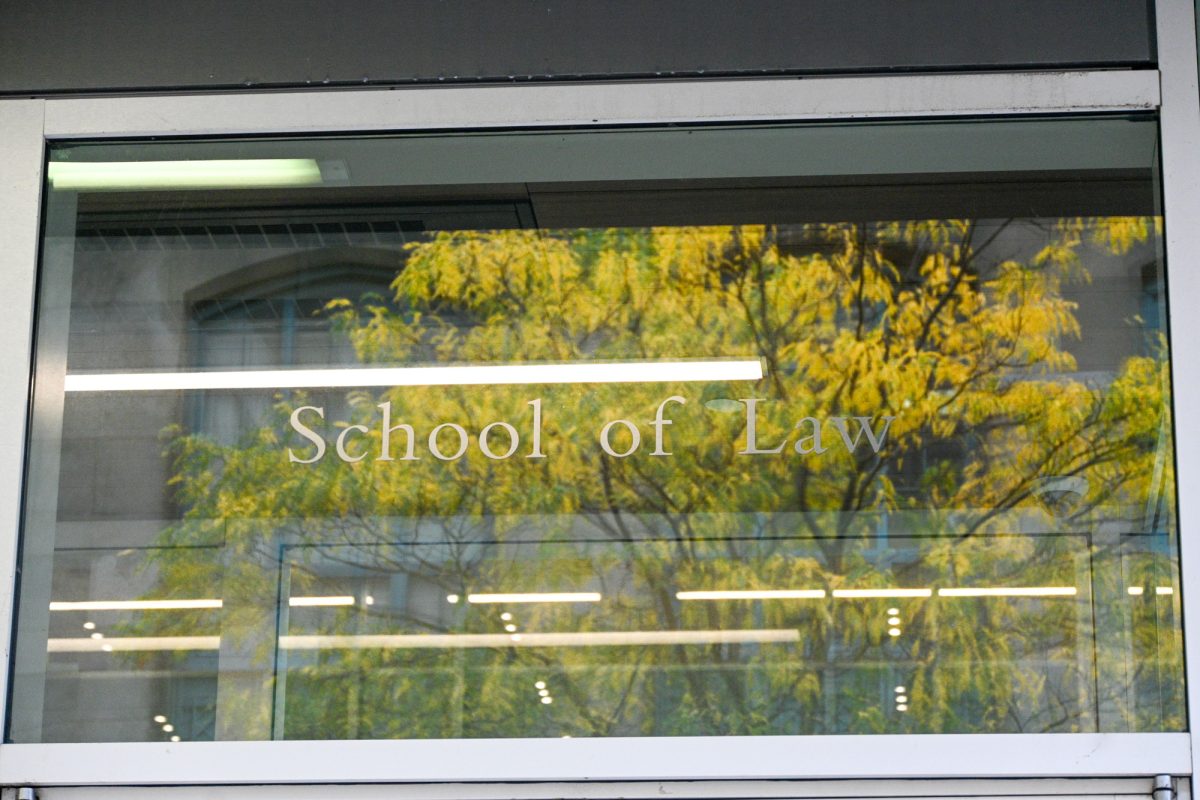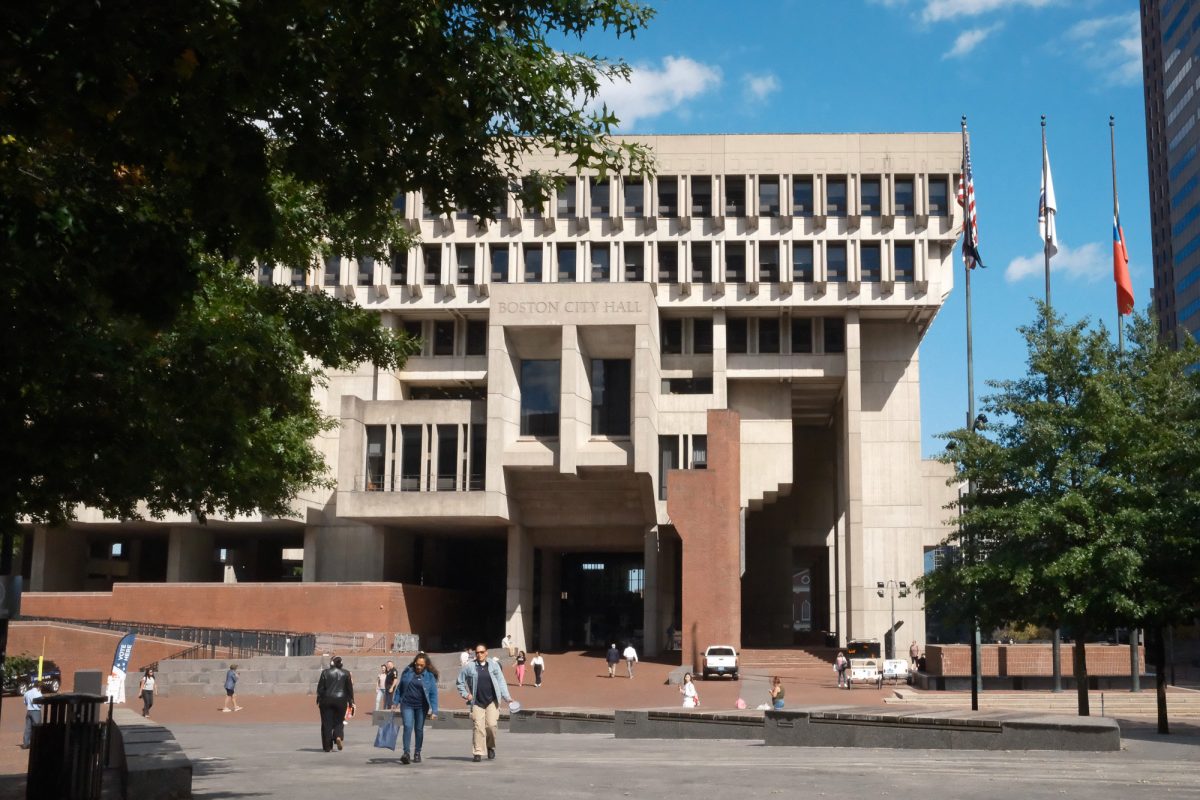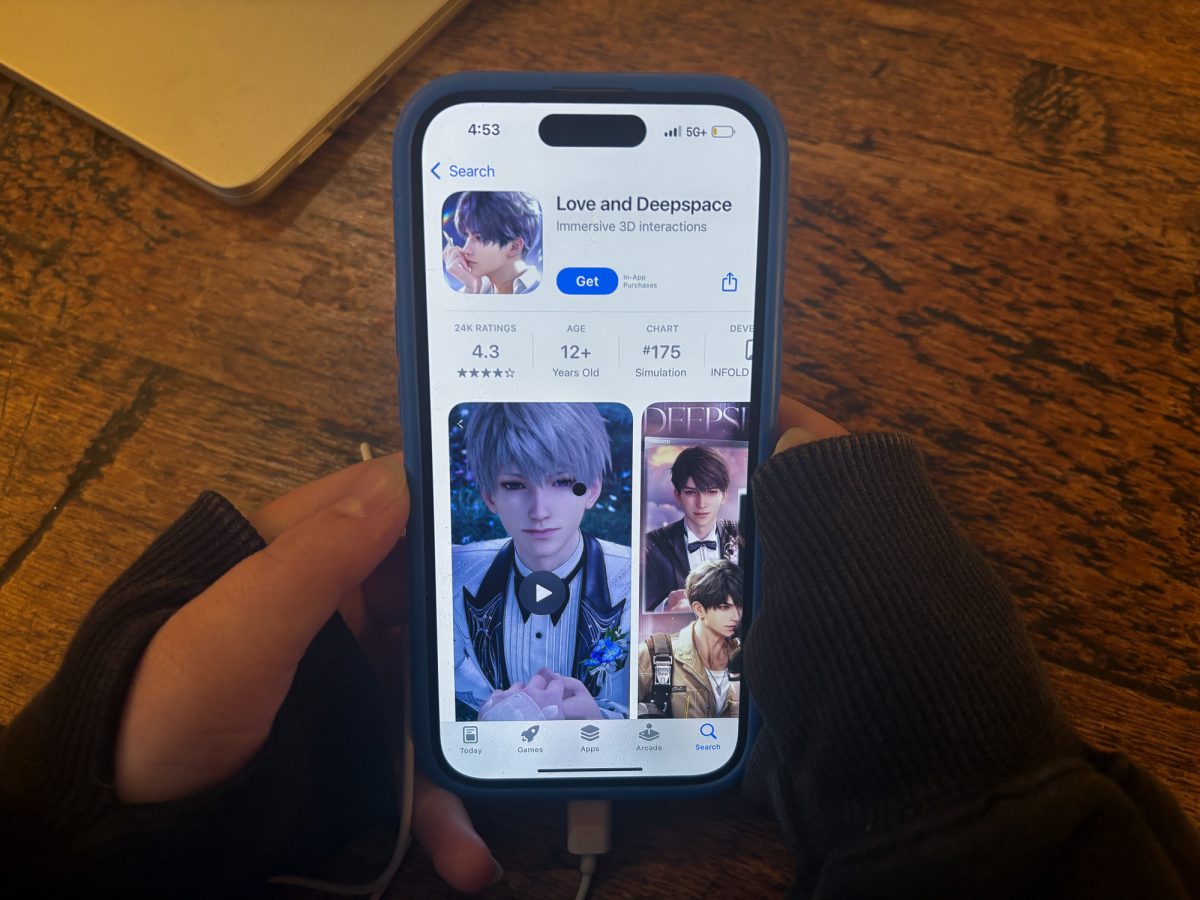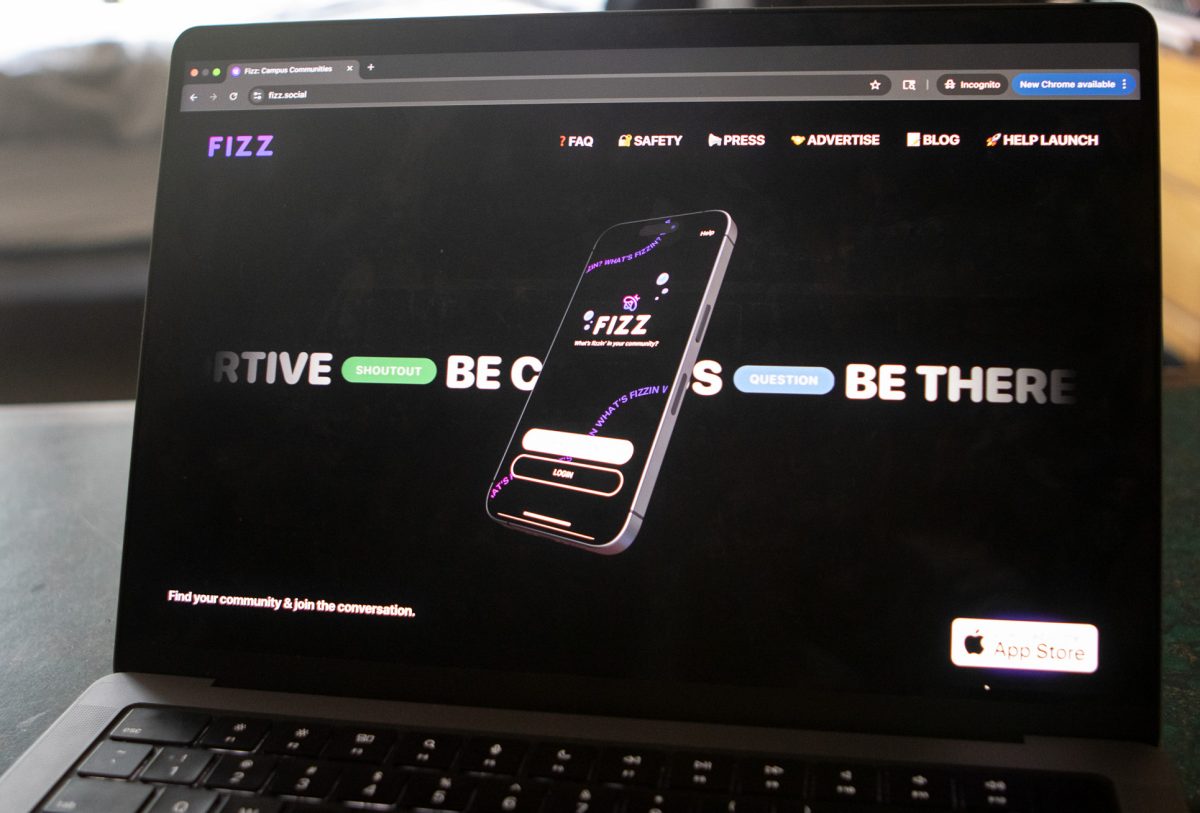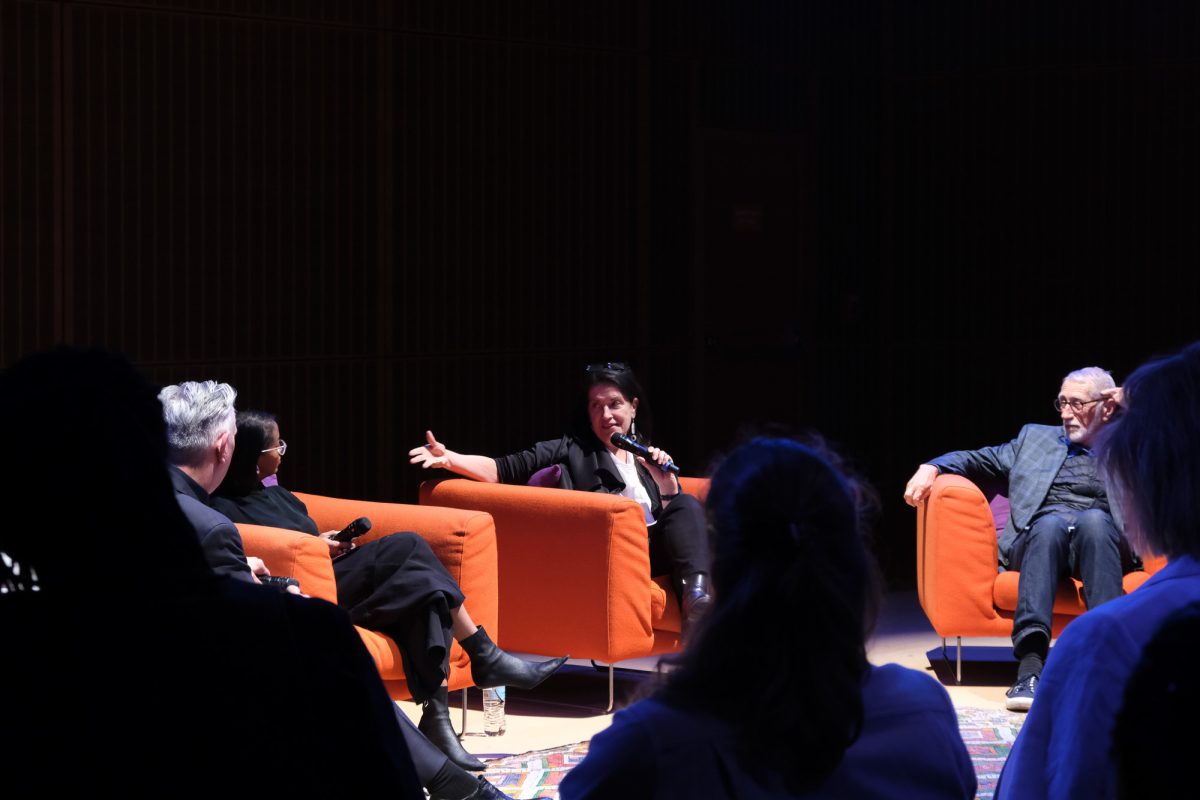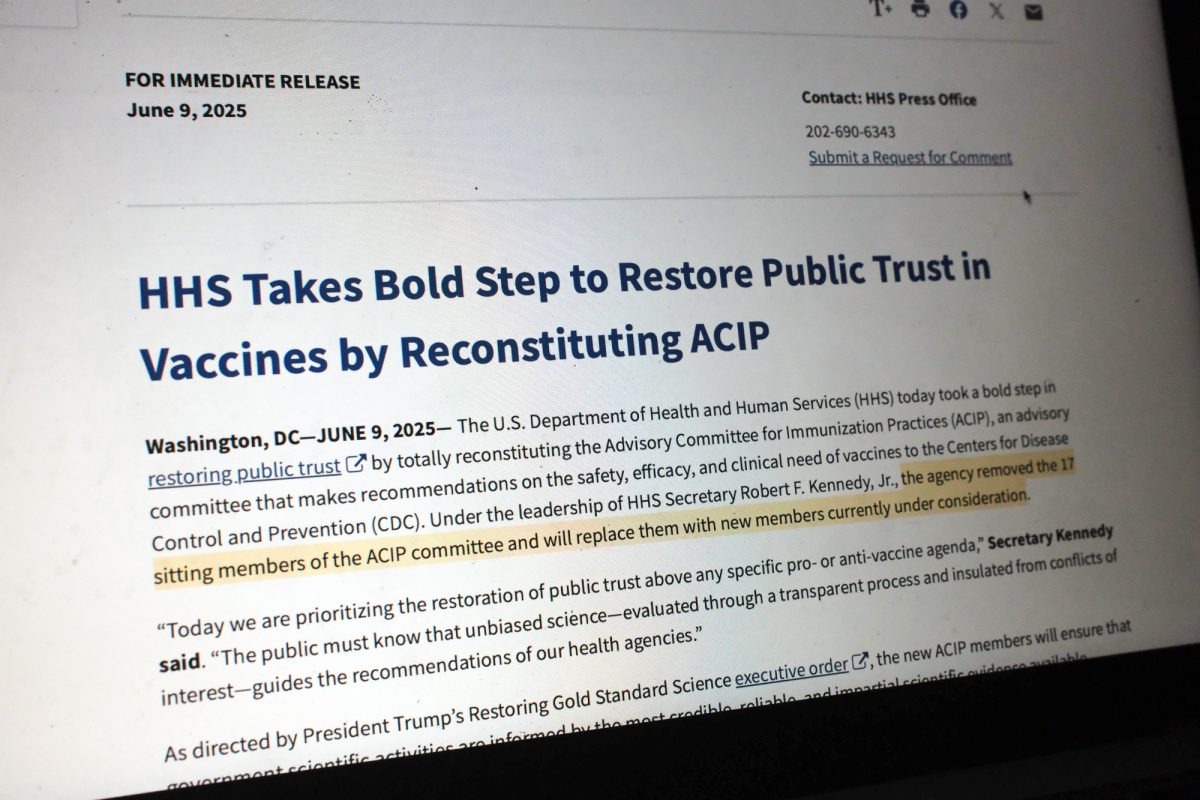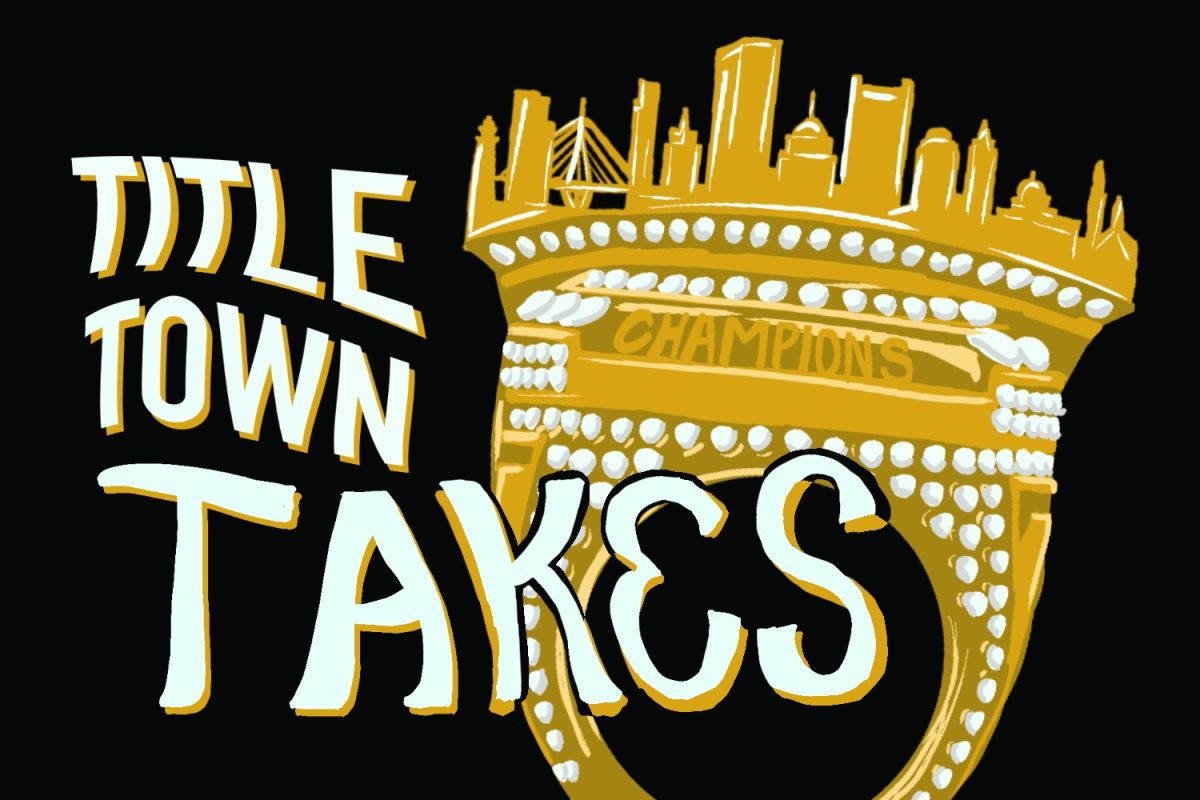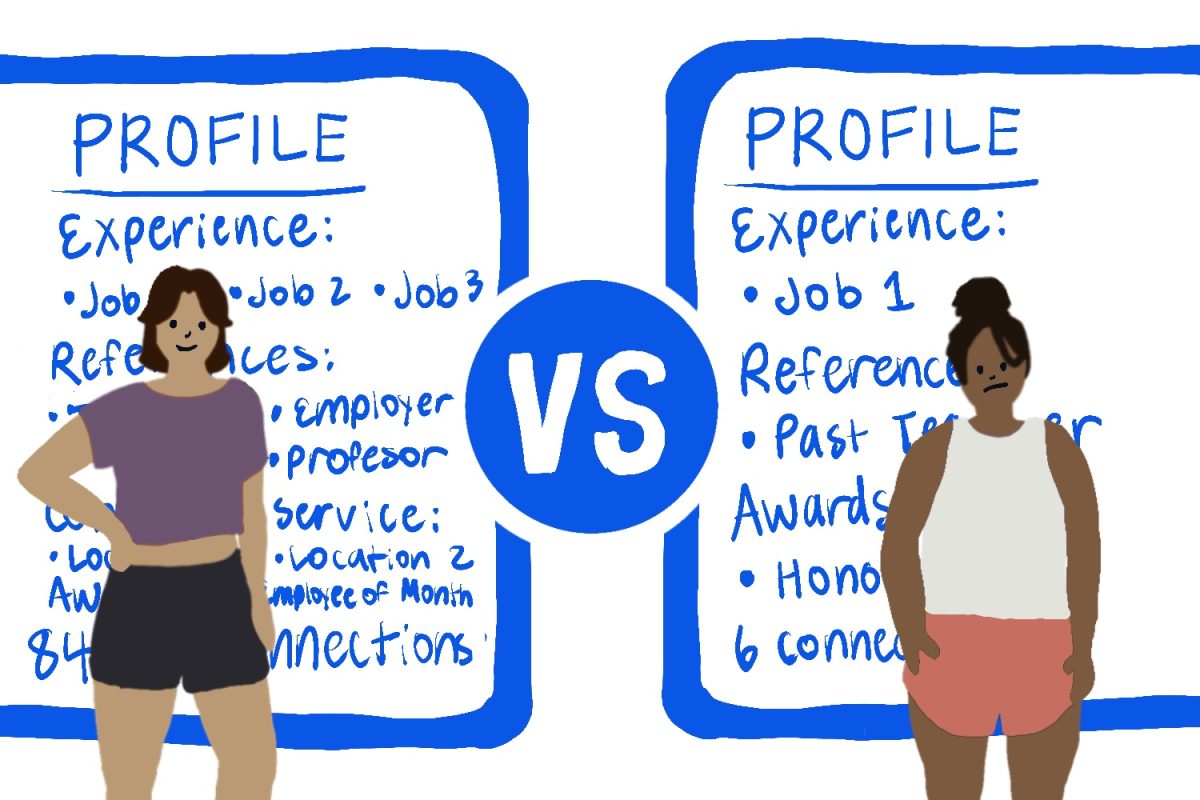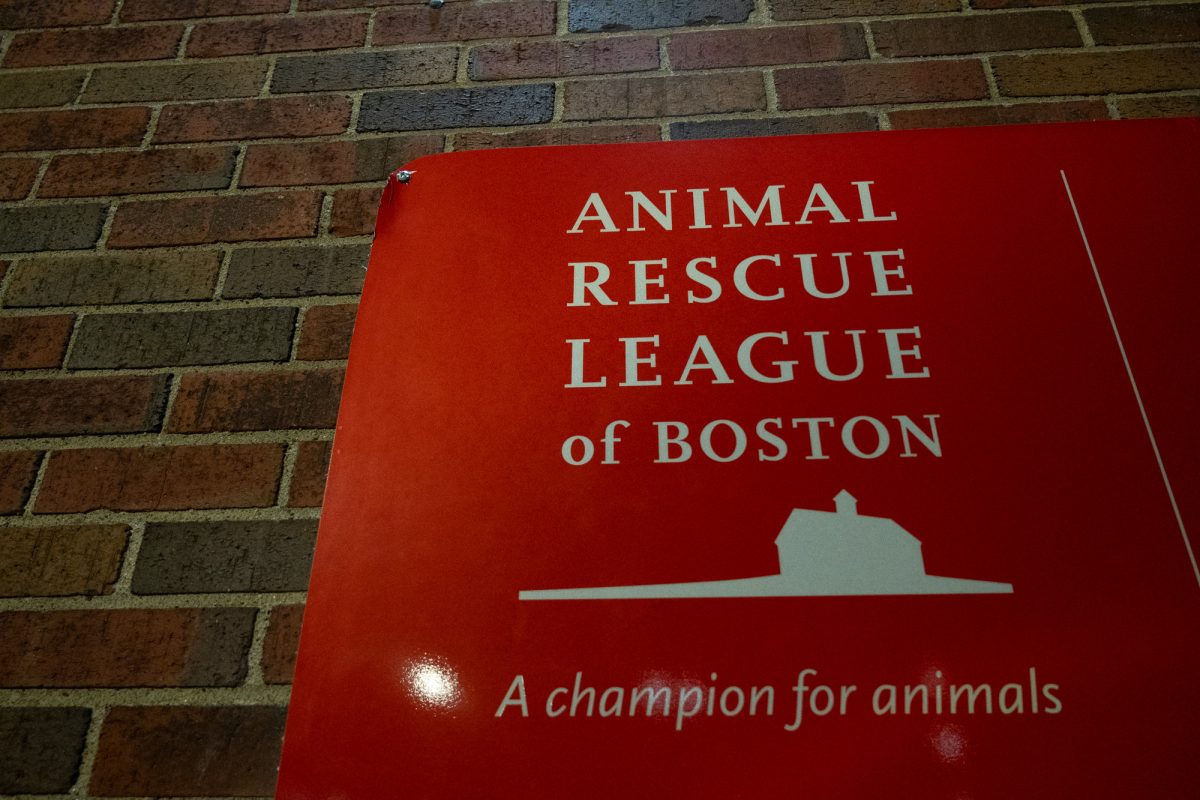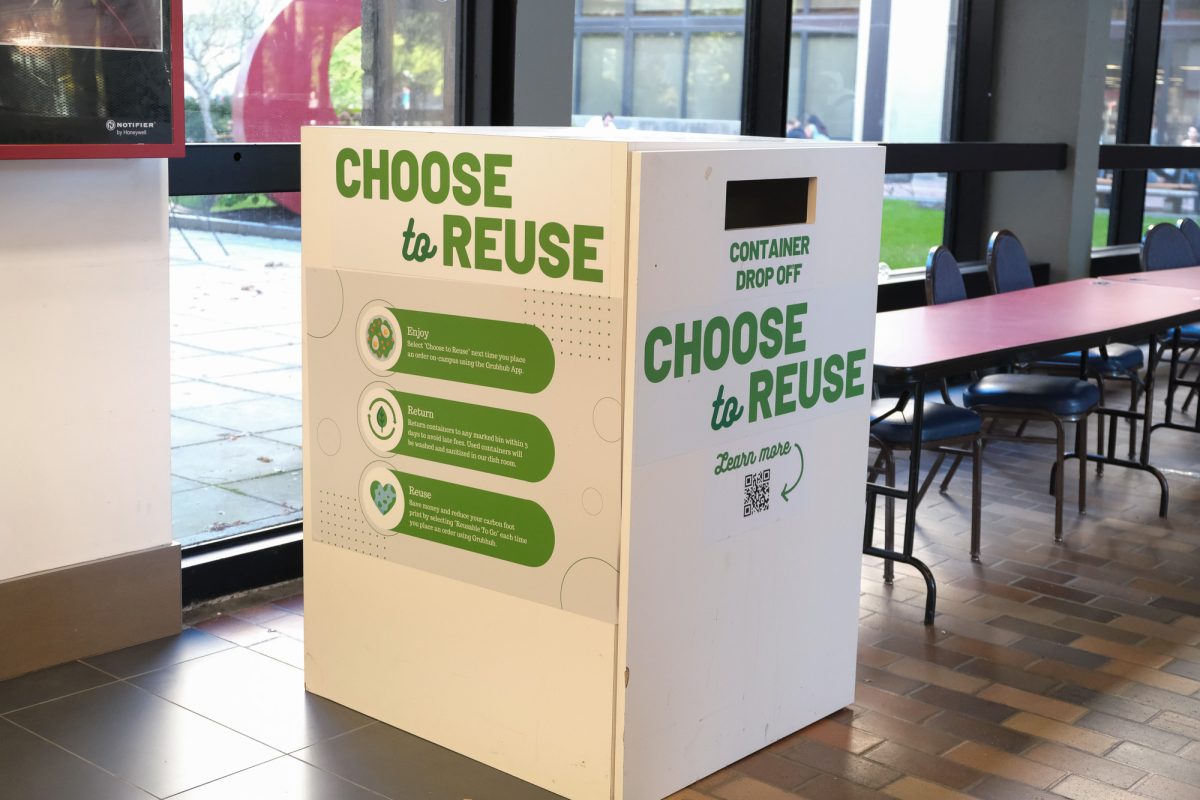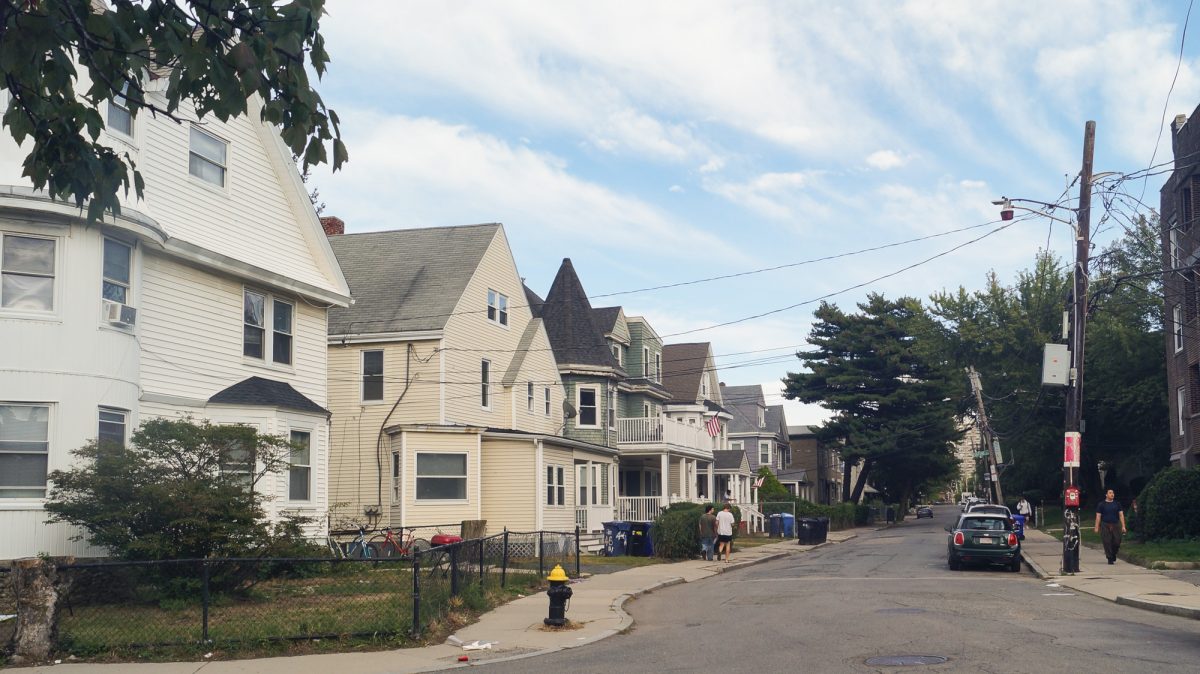For families living in Boston, choosing between charter and public schools may become easier after the Massachusetts Board of Education approved creating 10 new charter schools in the city on Monday.
The Board approved a total of 16 new charter schools in the Bay State, which will give close to twice as many students the opportunity to enroll.
“There was no hope for expansion until the legislature passed the bill last year which allowed us to double the number of charter seats…[in cities] that were performing in the bottom 10 according to the MCAS,” said Dominic Slowey, a spokesman for Massachusetts Charter School Association in a phone interview.
Part of the plan, Slowey said, is to use the highest performing charter schools as examples for the new charters.
“It will be up to us to ensure that they can replicate not in only programs but results,” he said.
With the introduction of an additional 10 charter schools to the current 16 charter schools located within Boston, many more of those on the wait list will be able to get off than would have otherwise.
According to Slowey, the wait list, which is about 9,000 students, is nearly twice as large as the enrollment of about 5,000 students.
In order to get into charters, the charter school system uses a lottery in which each student who has applied is assigned a number and then each school will pick numbers out of a fishbowl, thus assigning each picked student to a particular school.
The lottery this year is on March 9.
The new charter schools will open at the start of the 2011 and 2012 school years.
One of the main concerns over the new charter schools was how they would work to better cater to special-education students and students whose second language is English. Massachusetts Advocates for Children were the main group raising concerns about how they would be able to ensure that the two demographics would be able to get the best education possible.
However despite the concerns of groups such as Massachusetts Advocates for Children, Slowey said that it was the goal of the Massachusetts Charter School Association to work with both demographics as best they could, and particularly the families of immigrants.
“We’ve been doubling our efforts and tripling our efforts to reach out to immigrant families and we’ve seen an increase in the number of enrollment forms from ESL families,” he said. “We’ve made a concerted effort to reach out to immigrant families to make them aware of the charter school options.”
As the enrollment for charter schools prior to the approval of the additional schools was “pretty much frozen,” Slowey said, the MCSA couldn’t expect to see a significant increase in immigrant students.
When charter schools were introduced in Boston, the first wave of students to enroll were predominantly African-American, Slowey said. They remain the largest minority served by charter schools.
The second wave was mainly Hispanic, he said, with many of those students coming from the Dominican Republic.
“We hope that this third wave will be largely kids from families that don’t speak english,” Slowey said.
In order to better reach out to the families that don’t speak any english, which has been the hardest group for the MCSA to reach, Slowey said, they have been targeting those families in their own languages through the public school system.
“This year with all of the new charters being awarded, there are many, many more chances for these families to get it, and because of this we’ve been doing a lot of outreach to these immigrant families,” he said.
However, when it comes to special education students, the situation is more complicated.
According to Slowey, many students will come to charter schools with individual education plans, or IEPs, but because charters don’t like to categorize students as special needs they will take them off IEPs and pull the kids aside to work with them as needed.
Because of this, “our numbers are artificially lower,” he said. “I suppose we could leave them on IEPs to pump up our numbers, but that’s not what we do.”


